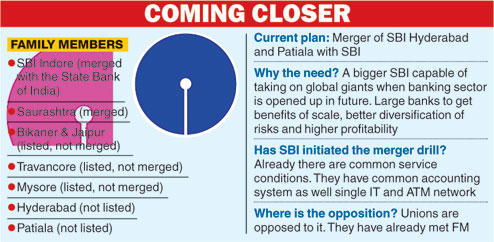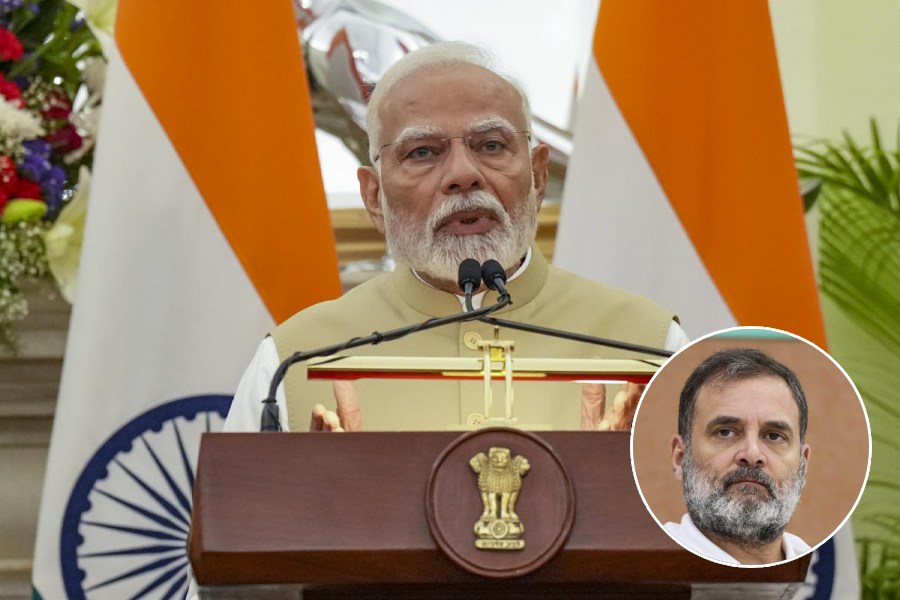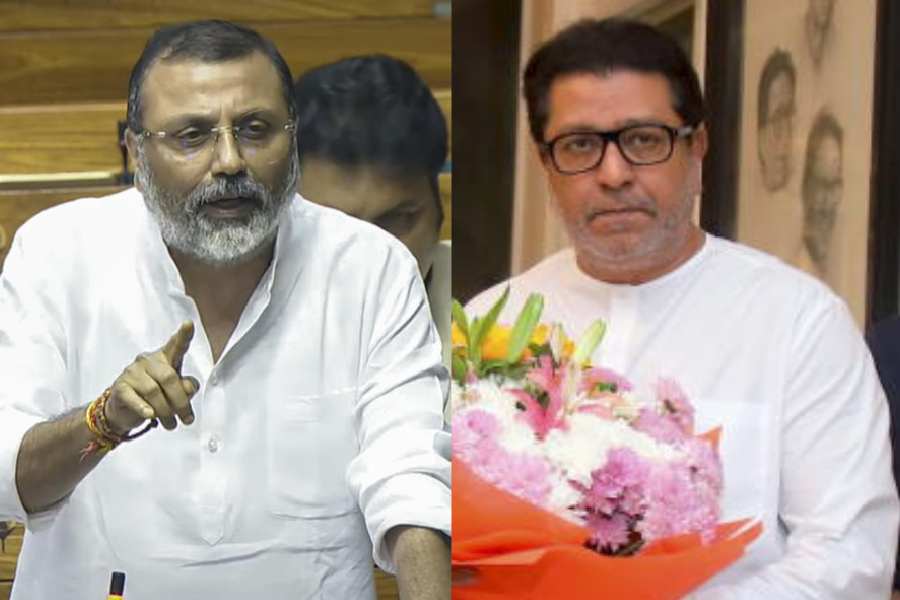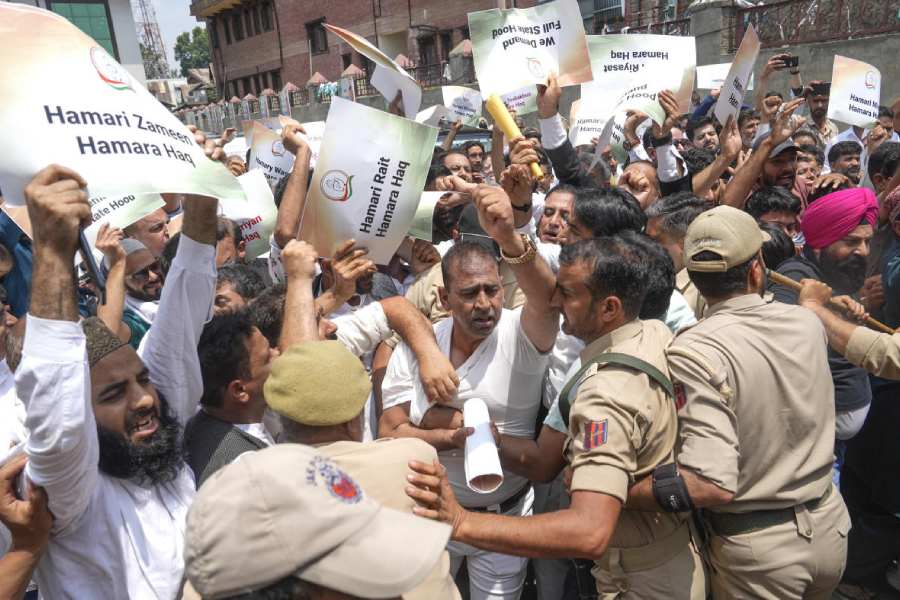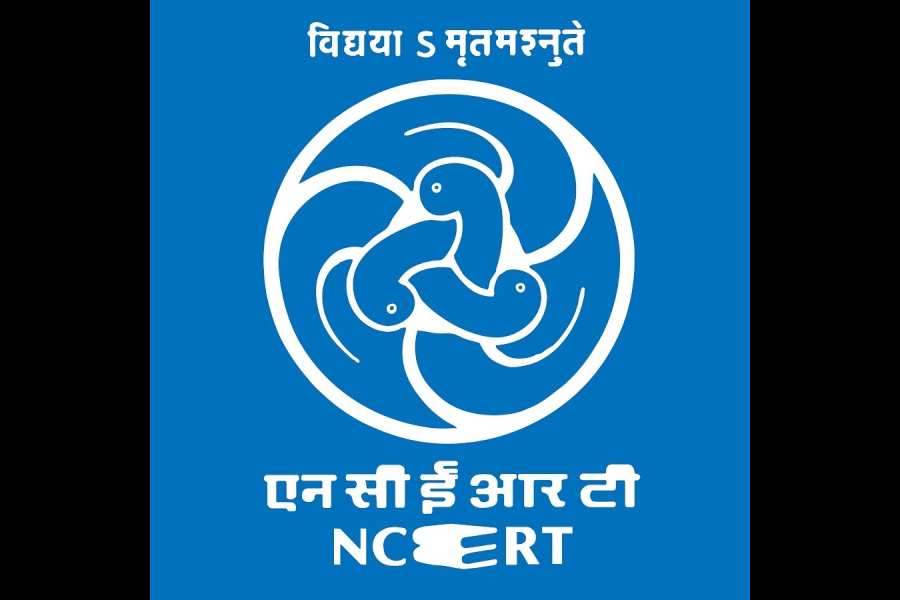
New Delhi, Oct. 18: Domestic passengers, pressed for time and scouting for bargain options, can look forward to early-morning flights now.
These flights between 12am and 5am are commonly called "red-eye" in the West in reference to the sleep-deprived passengers who get off them. They are substantially cheaper than daytime flights.
Airlines such as Jet Airways, SpiceJet and IndiGo are launching the flights as they enable business and budget fliers to save on travel costs.
SpiceJet will operate its first red-eye flight on the Delhi-Bangalore and Delhi-Nanded routes from November 2. Last week, low-cost airline IndiGo started these flights to Mumbai, Bangalore and Chennai from Delhi. Jet Airways, which operates eight late night/early morning flights, announced additional flights to Calcutta and Mumbai from Chennai.
According to analysts, red-eye flights increase asset utilisation because aircraft can be used for more hours. This helps the airline to lower its cost per available seat kilometre. Airlines will also be able to add capacity during the upcoming peak travel season without having to fight for daytime slots at prime airports.
"Red-eye is a popular concept in the West as they generally tend to be more economical. Moreover, night flights are a smart option for business and other frequent travellers as they can conveniently attend their meetings and take a late-night flight back, thus avoiding road traffic during peak hours," said Ajay Jasra, general manager (corporate affairs), SpiceJet.
Globally, red-eye flights are popular for saving both travel and hotel costs and are 40-50 per cent cheaper than their daytime counterparts.
Domestic airlines are also trying to keep prices low. A ticket of IndiGo's Delhi-Mumbai flight, which starts at 5.30am and lands in Mumbai by 7.35am, costs Rs 3,351, lower than the day fares that range from Rs 4,989 to Rs 7,105.
Jet Airways' has fixed the fare of the Delhi-Calcutta flight, which starts at 2.10am and arrives by 4.15 am, at Rs 5,184 against the daytime and early evening tickets priced at Rs 8,457.
However, not all airlines are convinced that Indians are ready to get bleary eyed to save a few hundred rupees. "The response to the red-eye flights have not been very good. It has limited scope," said Prasad Menon, chairman of Tata SIA Airlines that operates under the Vistara brand. He added that a better way to utilise assets would be to fly to the Gulf countries that offer access to cheaper fuel and the scope to earn foreign exchange.
AirAsia, the Indo-Malaysian low-cost carrier, has also put on hold its plans for late-night flights in India.
Air India had its red-eye flights about a decade ago. The national carrier operated the domestic leg of its international flights at very low fares late in the night or early in the morning. The flights were discontinued soon after the emergence of low-cost carriers, which offered bargain rates even during the day.
Bilateral pact
The Centre is looking at linking bilaterals in the aviation sector to a foreign aircraft maker setting up facilities in India, reports PTI.
The move is aimed at bringing down the costs for local carriers.
Under a bilateral air service agreement, two countries allow their respective carriers to fly into each other's territory. Such a move will help to reduce the expenses incurred by local airlines on maintenance, repair and overhaul (MRO) works, which are mostly done overseas as costs are high in India.
"Bilaterals are government to government. We would ask the governments if you want our bilaterals, can you please require your air plane suppliers place some manufacturing facility in our country," civil aviation secretary R.N. Choubey said.
About the proposal, he said. "It depends who needs whom more, whether I need their business more or they need my business more and my perception is that they need my business more," he said.
The domestic aviation sector has huge potential. The Indian MRO market, estimated at about $700 million, is said to be much costlier than those in Sri Lanka, Dubai, Hong Kong, Singapore and China because of higher taxes.
"Suppose any country says that they buy 100 planes and would like the plane supplier to build a large system in their country. I would say, instead of your country, place it in my country if you want my bilaterals," Choubey said.

